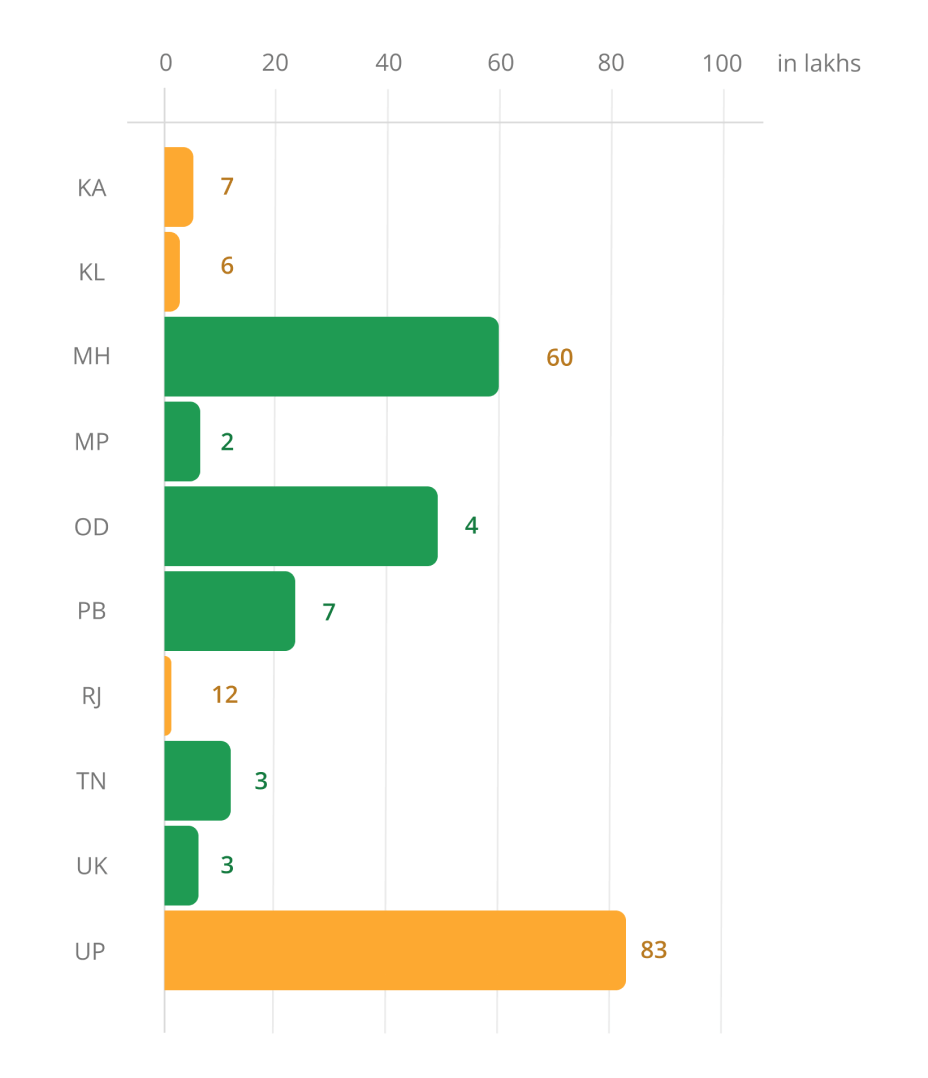The Migration Trends

Over the last decade, India (with 1.4 billion residents) has witnessed one of the highest rates of internal migration, reaching over 50% of its population. Interstate migration is mostly driven by better economic opportunities and involves mostly men. Cities provide a range of employment opportunities – industries, transport, trade, and other services which attract migrants looking for employment. Therefore, increasing urbanization in India is a factor that drives migration. As a result we are confronted with radical changes in population densities across regions as well as in the lifestyle of the migrant populations.

In another example, Japan, for instance, has witnessed a continued urban migration ever since the early 19th century. This trend has picked up again since the burst of the bubble economy in the early 1990s, when housing became again available and affordable in the bigger cities. Urban migration hasn’t stopped for the past three decades. The declining total population is therefore primarily visible in peripheral areas, where communities are shrinking as well as rapidly aging.



NOTE: A net out-migrant state is one where more people migrate out of the state than those that migrate into the state.
Net-in-migration is the excess of incoming migrants over out-going migrants.
Sources: Census 2011; PRS.


